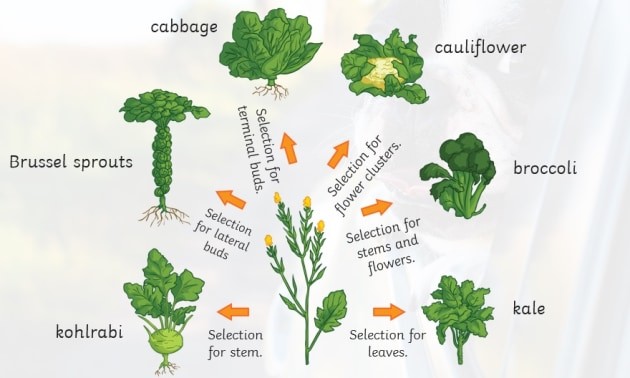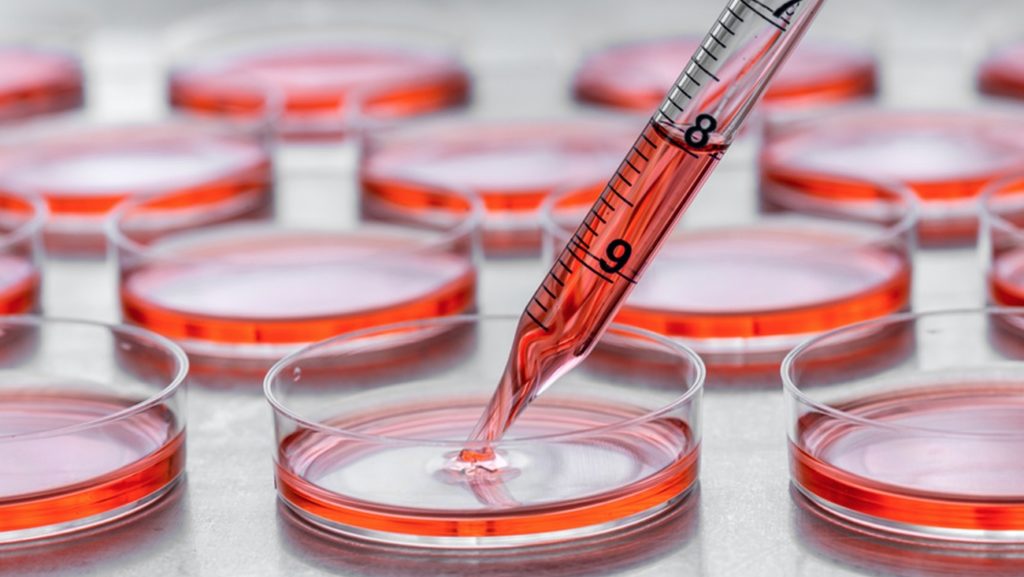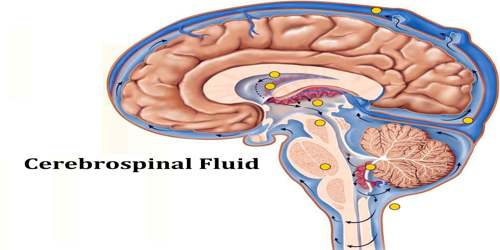Qualitative Research |Practice of Conducting Qualitative Research
Qualitative Research What is Qualitative research? Qualitative research is the type of Exploratory research that involves discovering ideas with the help of general research objects. In this researcher examine through the broad-angle lens and personal Involvement and preference of the researcher might be present. The practice of Conducting Qualitative Research Habits and the Practice of Conducting Qualitative Research… Read More »









